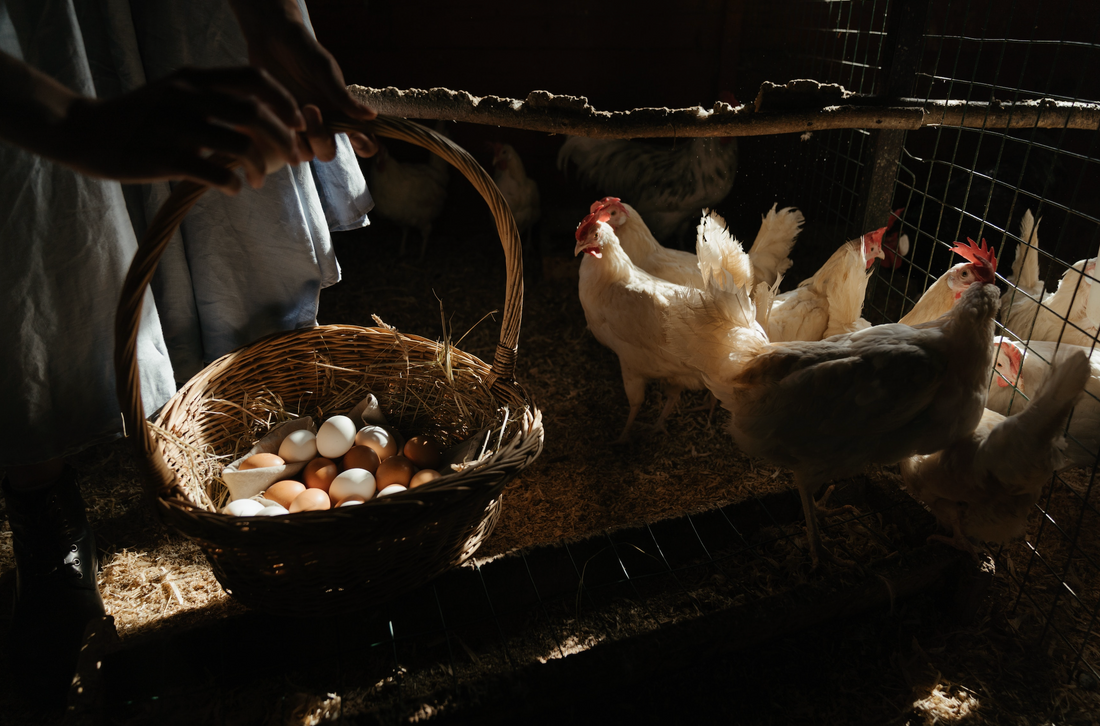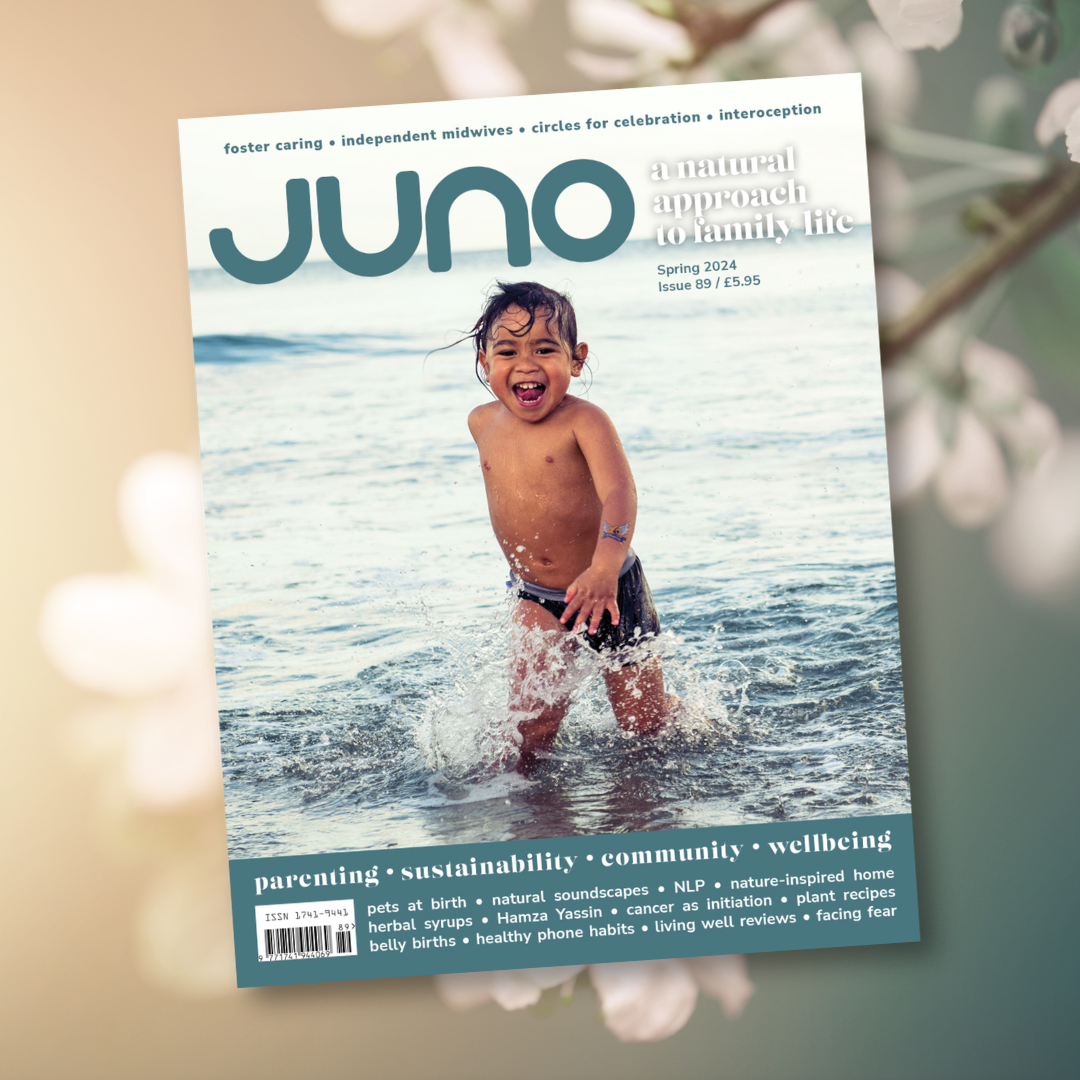Twenty-nine eggs a year, two ounces of cheese and three pints of milk a week: not a failed self-sufficiency project, but real life for many British families during the Second World War.
As prices rise and even non-luxury foodstuffs become more expensive, feeding a growing family on a budget is more of a challenge. Can we learn from the past in a time of economic and environmental challenge?
I do not want to suggest that we return to the 1940s, that heyday of home-growing, simple pleasures and family life. Clearly, living through the Second World War is not to be envied. Our grandmothers went without food so that their children would not go hungry; our grandfathers signed up too young and those who returned from the Front were scarred for life. Yet, I feel we can learn lessons that have perhaps been forgotten in the name of progress, and use the skills that our grandparents developed to keep their families fed and safe amidst uncertainty and fear.
Prior to the war only potatoes and fresh milk were produced entirely at home and Britain imported most of its food. Maritime losses and pressure on shipping space meant that food was more and more scarce. Farmers were offered incentives to plough up more pasture to grow crops of corn, potatoes and cattle fodder. Householders were urged to supplement the agricultural output by turning their gardens over to vegetables. “City flat dwellers did their bit”, says Juliet Gardiner in The 1940s House, “by planting tomatoes and herbs in window boxes, redcurrants and raspberries in tubs on balconies, while others rented allotments.” Even railway embankments, golf courses and tennis courts were cultivated.
Twenty-first-century Britain still relies heavily on supplies of food from overseas. Growing our own food and reducing waste by planning meals are ways to eat seasonally, save money and green up the planet. If you don’t have the space, councils have an obligation to provide allotments, and plots can be surprisingly inexpensive to rent. The Love Food Hate Waste campaign helps families save time and money by providing a two-week planner of delicious meals to cook each day. There is a printable shopping list for each week to enable you to manage your fridge and freezer, avoiding food waste and constant trips to the shops. War-time recipes reflected food rationing with an emphasis on seasonal vegetables and ‘padding’, such as Yorkshire pudding, to curb hunger. Fruit crumble was invented in the war to make fruit go further and soups and casseroles were staples.
Back-yard food production
During and after the war many householders kept chickens in their back yards to provide eggs and, eventually, meat. Families made their own chicken coops converted from an old shed or a playhouse the children had outgrown. Chickens are probably the easiest livestock to take on and are not only friendly and entertaining pets, but also good value, eating up kitchen scraps and devouring garden pests such as slugs. Remember, though, you do have to be around to let them out in the morning, collect the eggs and get them in their henhouse at night.
Cosy evenings in
During the black-out there was no street lighting; people covered windows and dimmed headlights to make aerial bombardment more difficult for the enemy. The danger to pedestrians in such darkened streets, both from vehicles and trips and falls, along with petrol rationing and transport difficulties, meant that most people stayed at home during the evenings. Social life was limited, television non-existent; “people were thrown back into the bosom of their families for a quiet evening’s reading, listening to the wireless or playing board games,” says Gardiner. Advertising in the local paper offering jigsaw swaps or games was a pre-cursor to Freecycle. Published in 1939, The Black-Out Book provides “the average family with sufficient amusement and entertainment for one hundred and one black-out nights”. Advice on ‘What to do when Sleep won’t come’, ‘How to make a Rubber Stamp’ and ‘Conjuring Tricks’ makes humbling reading set against today’s technologically advanced world.
Make do and mend
Clothes rationing began in July 1941 and women responded in a truly resourceful way, turning men’s shirts into children’s pyjamas, and nightdresses into petticoats, replacing collars and darning socks. Whilst sewing has become a lost art for many (I confess to previously consigning items with lost buttons or tears to the back of my wardrobe), it is a thrifty alternative to our constant desire for new clothes. I grew up in rural Staffordshire, during the years of grunge, and my parents both remember rationing. Keeping up with the Joneses was never really a concern for my sister and me. There was nothing much to do in the village down the hill and jumble sales were a highlight of my childhood. My love of charity shops and thrift stores no doubt stems from the teenage joy of finding a bargain, putting together my own look, and parading moodily about the village with my sister, not caring what anyone thought.
I still find it fun to experiment with new styles and find an original look that I feel comfortable with, even though I am glad to have left my teenage years behind. Often I cannot find what I am looking for and I realise that I can easily live without it. I have been able to dress both my children in charity-shop finds and hand-medowns since they were born. Now that I have a sewing machine, it is also possible to alter garments to fit me better, so there is even more of a reason to buy second-hand. I use remnants of fabrics and go for clothes I can adapt or customise with my own beads, buttons and trimmings. I rescued one of my daughter’s T-shirts by appliquéing flowers cut out from an old bedspread over the paint stains and sewing on three pink buttons from an old pair of combat trousers. Knee patches to cover grass stains also work well and can add a hippy vibe. I remember my mother making a bedsheet last longer by turning it sides-tomiddle and re-sewing, and I have given a number of pale-coloured garments (highly impractical for a mother of two pre-schoolers) a new lease of life by dyeing them French navy. Whilst many of us have no need to curb our fashion habits, these steps reduce the amount of clothes being thrown away in landfill. Money saved by making do and mending can be spent more ethically.
The Blitz forced families to spend time together, to use the limited food and resources they had to the best of their abilities and, in a time of rising fuel prices, we can draw ideas from that era; we can emulate our ancestors by staying in and spending an evening together. Even better, in one room, thus cutting heating and lighting costs!
____
Alison Bayne is married and lives in Harrogate, where she enjoys rising to the challenge of living an eco-life on a budget. This year, she has grown vegetables in her back yard for the first time and dreams of self-sufficiency in suburbia.
Books:
- 101 Things to Do in Wartime, 1940 by Lillie B. and Arthur C. Horth, Batsford
- Make Do and Mend by the Ministry of Information, Imperial War Museum
- The 1940s House by Juliet Gardiner and Norman Longmate, Channel 4 Books
- The Black-Out Book Being One-Hundred-And One Black-Out Nights’ Entertainment by Evelyn August, Harrap, 1939
- The Ration Book Diet by Mike Brown, Carol Harris and C. J. Jackson, Sutton Publishing
Online resources: lovefoodhatewaste.com
Photo: cottonbro
____
First published in Issue 16 of JUNO. Accurate at the time this issue went to print.



